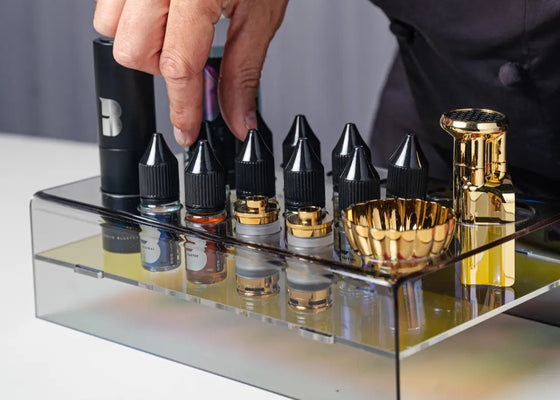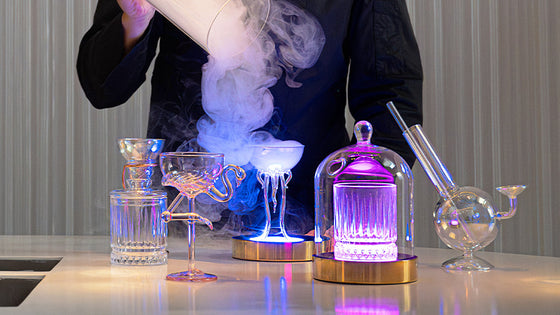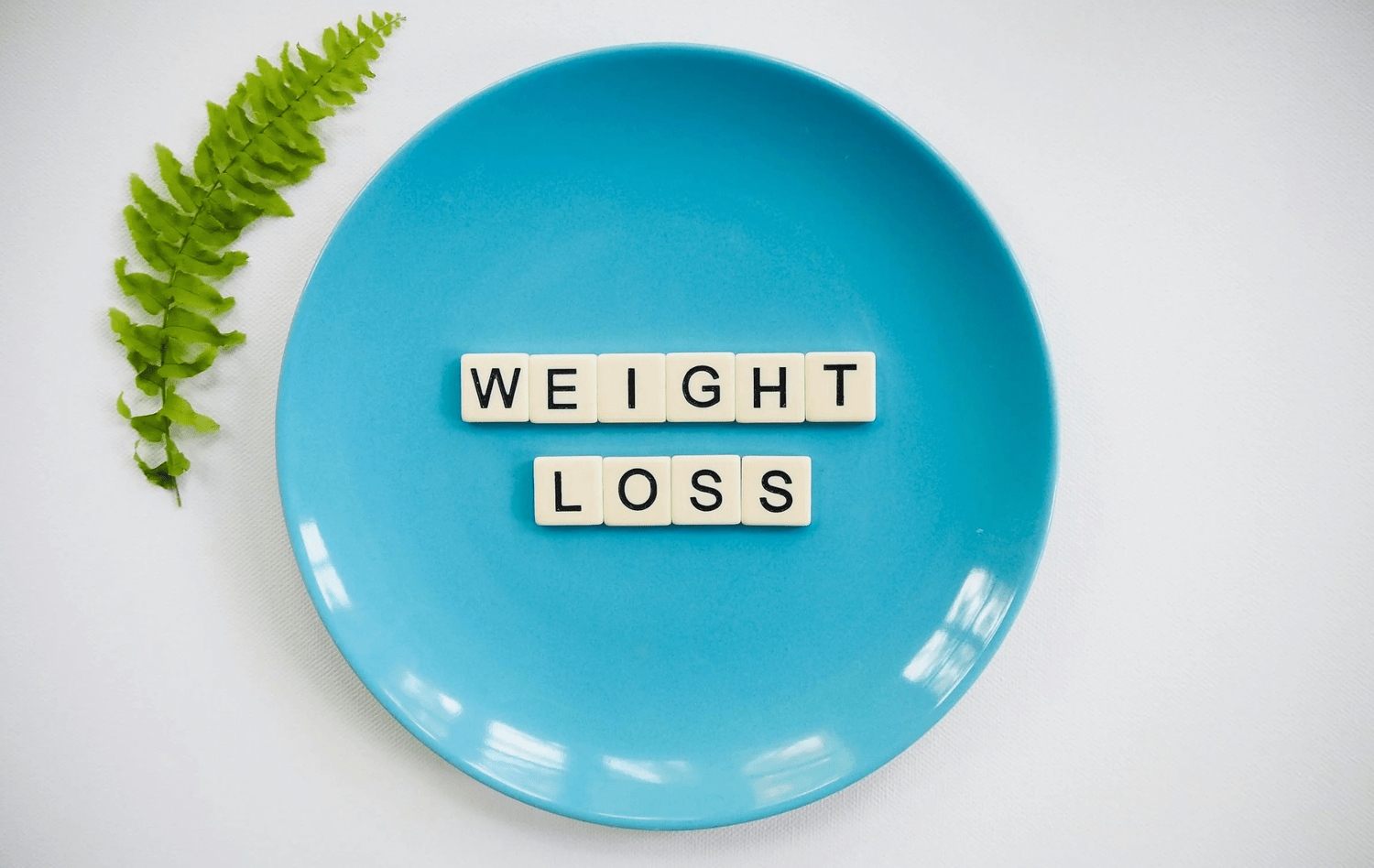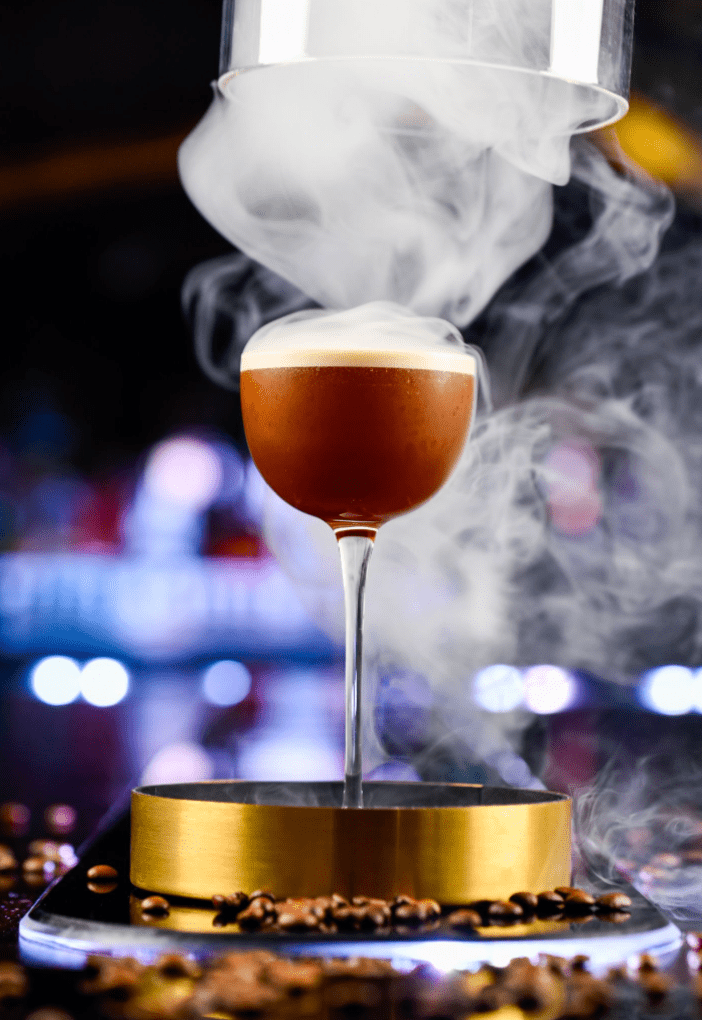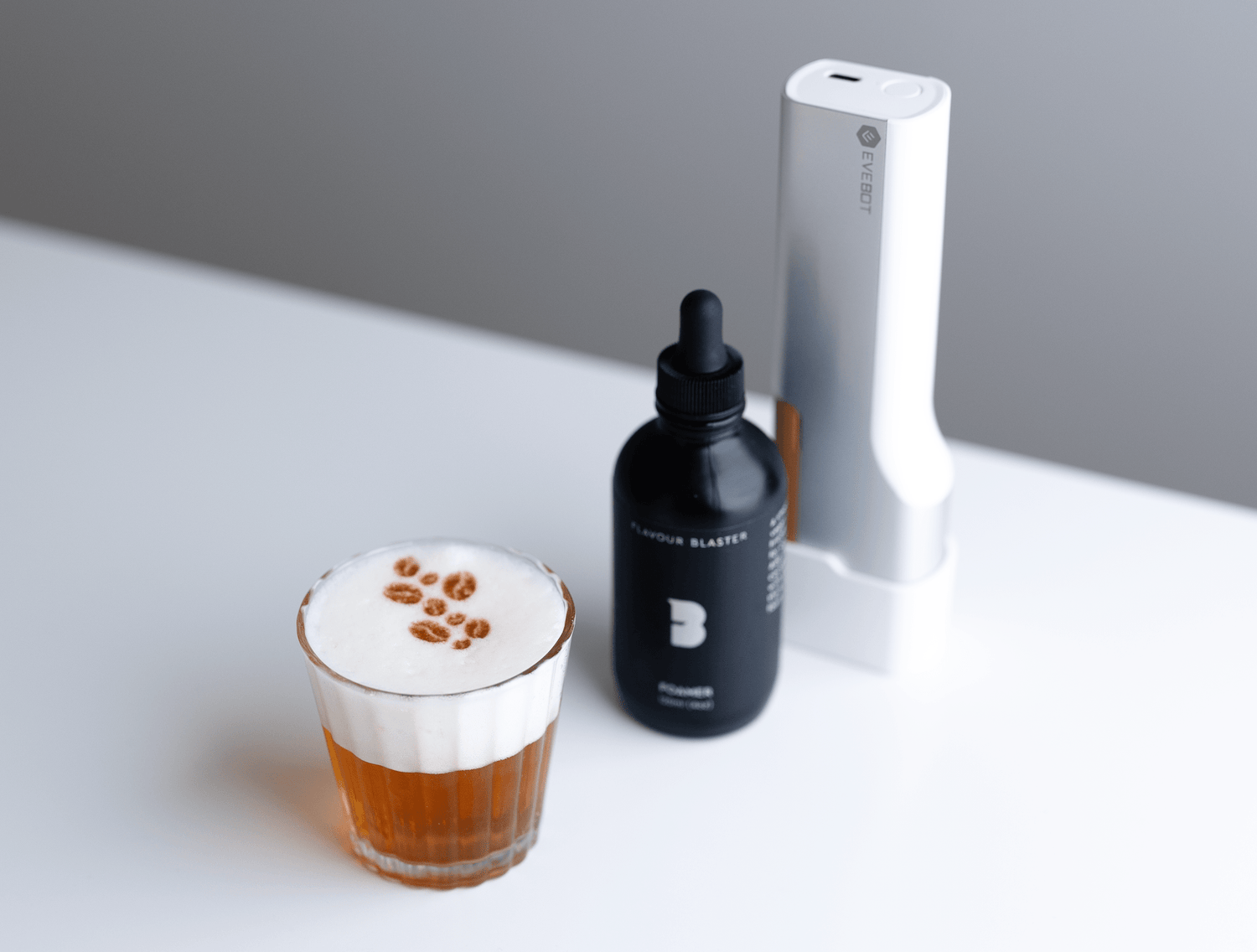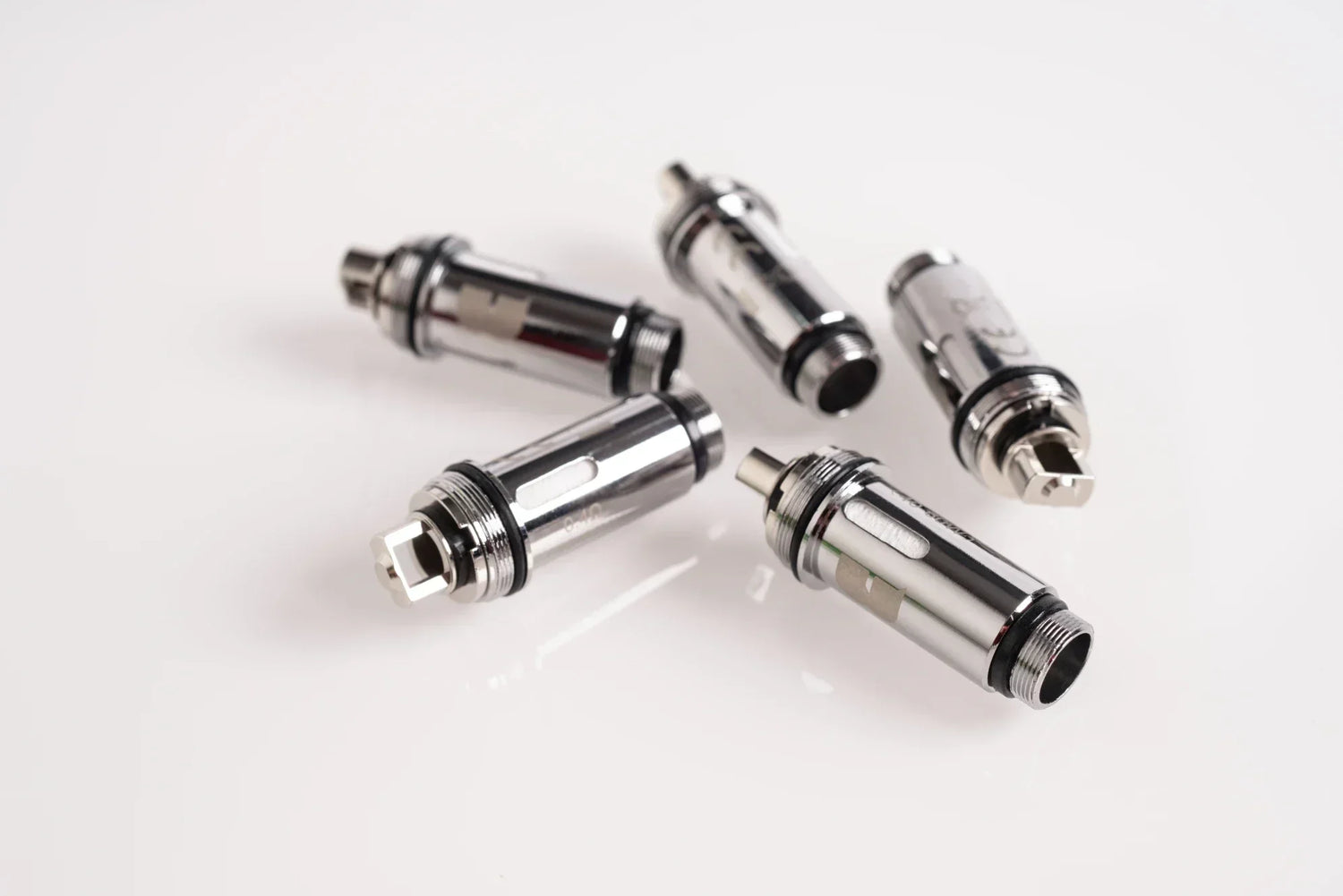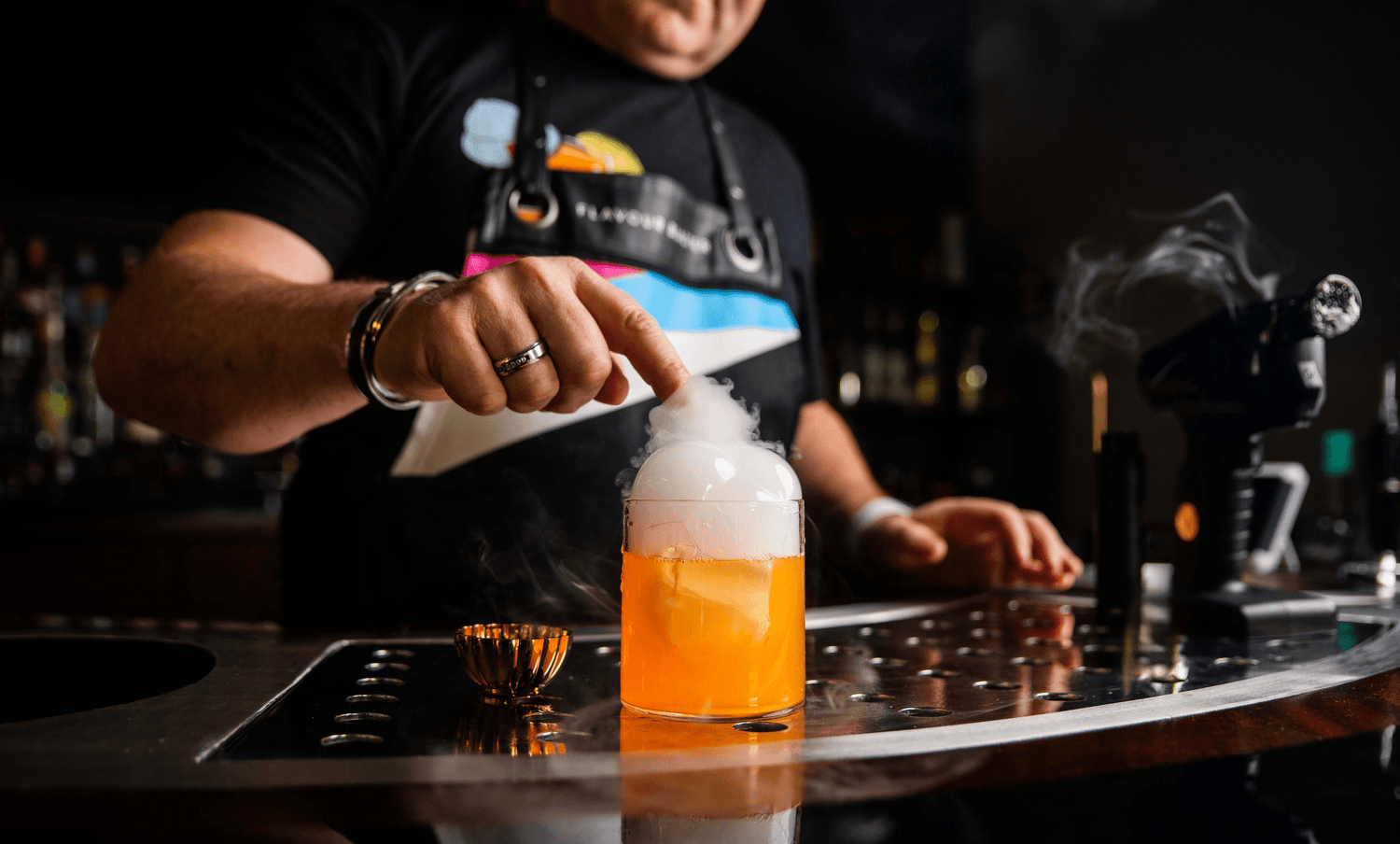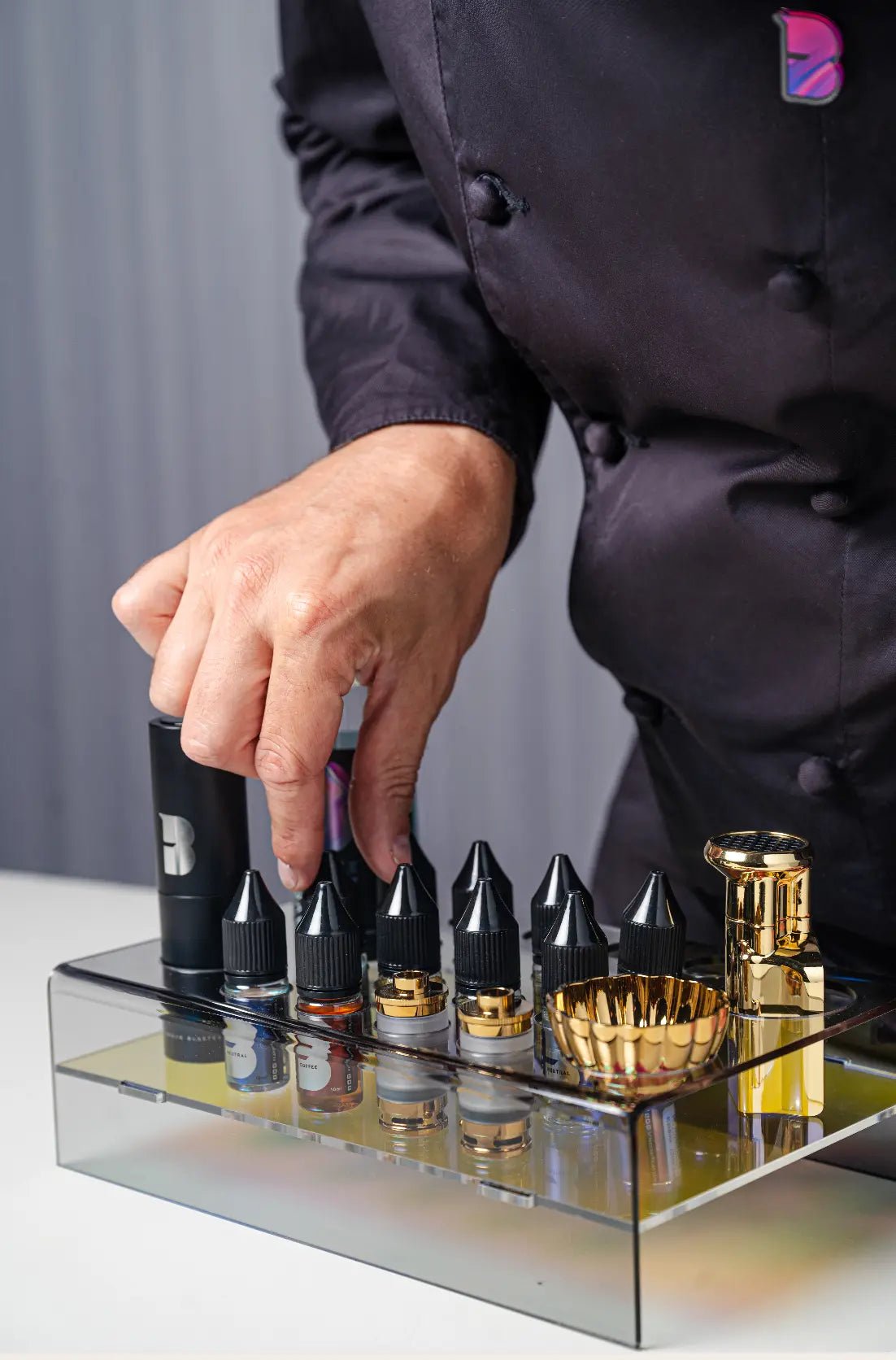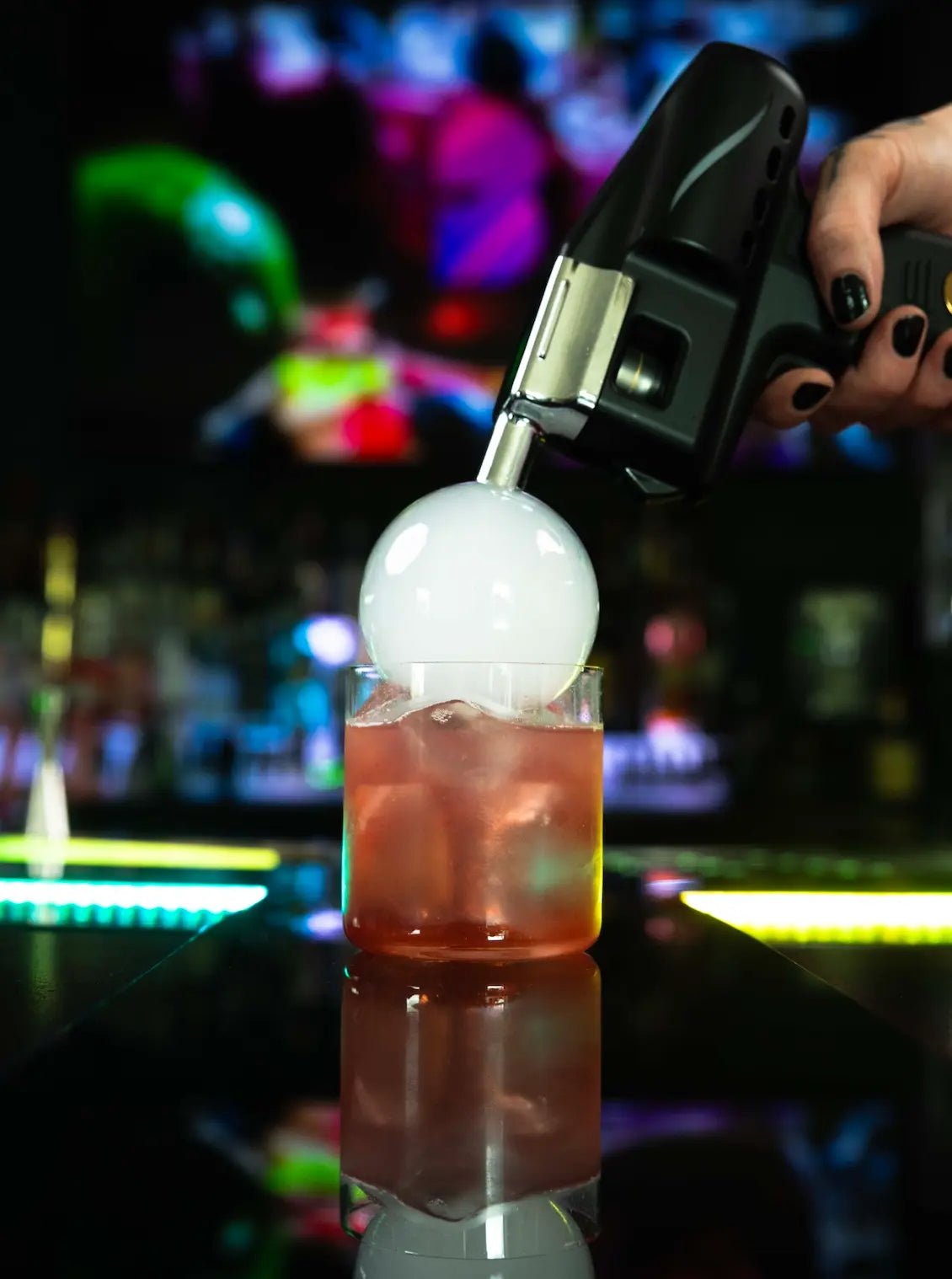Beer Beats Wine In Regular Consumption in 2023 According To Statista
Naturally it is in every industry operator's best interest to know what the most popular beverages are, so they can predict trends and promote relevant products. We have done the research for you and have reviewed Statista’s Consumer Insights to see what the most popular beverages are worldwide, so you can stay ahead of the game.
In the age-old debate between beer and wine lovers, there has been a recent twist in the story. According to Statista, beer has emerged victorious in the realm of consumption, overshadowing its grape-based counterpart in 2023.
Source: Statista Consumer Insights
The chart above based on Statista’s Consumer Insights shows that in almost every market surveyed, beer was the most frequently consumed alcoholic beverage in 2023. This takes a surprising turn as wine has been historically well known as a favourite contender in many countries. Switzerland, South Africa and Sweden are the only countries featured in this report that prefer wine to beer, with only 26-42% of consumers regularly enjoying wine. The results are clear within the graph that in Latin America and most of Europe, beer is the most popular choice, being consumed regularly by between 45-53% of consumers.
Now that we know beer is the clear winner, let’s pour ourselves into the numbers and explore how beer has taken the lead in this brewing battle.
A Shift in Preference:
Traditionally, wine has been associated with sophistication and culture - often enjoyed during dinner parties and social gatherings. However, recent trends suggest a shift in consumer preference towards beer. This shift can be attributed to various factors, including changing demographics, evolving tastes, and cultural influences.
A Change in Tastes:
Beer, with its diverse range of flavours, styles, and brewing techniques, has captured the palate of consumers worldwide. From light lagers to hoppy IPAs and rich stouts, beer offers a spectrum of choices to suit every taste preference. With more and more varieties and flavours of brewed beverages reaching the market and the growing trend of microbreweries and independent brands, it’s a no brainer that beer is growing in popularity. With the introduction of flavoured beers such as chocolate, fruit and even cannabis, it’s no surprise that it’s intriguing even the most devout wine lovers.
Social Dynamics:
Beer has long been associated with socialising and camaraderie. Whether it's sharing a cold pint with friends at a pub or enjoying a barbecue in the backyard, beer fosters (no pun intended) a sense of community and relaxation. In contrast, wine consumption is often perceived as more formal and reserved, limiting its appeal in certain social settings. Given that alcohol is often consumed in a social setting, it makes sense to consider that beer has a lower ABV allowing more people to enjoy a cold drink without exceeding the legal limit.
Cultural Influences:
Cultural factors play a significant role in shaping drinking habits. In many cultures, beer holds a central place in social rituals and celebrations. Festivals, sporting events, and holidays often feature beer as the beverage of choice, further solidifying its popularity.
Economic Considerations:
Economic factors also contribute to the dominance of beer in consumption statistics. Beer is generally more affordable and accessible than wine, making it a preferred option for a broader demographic, especially during times of economic struggle. The rise of craft breweries has made niche, high quality brews more readily available and affordable to the general public, further fuelling the new found love for the bubbly stuff.
Health and Wellness Trends:
Changing attitudes towards health and wellness have also influenced consumer beverage choices over time. Beer, particularly light and low-calorie varieties, are perceived as a more approachable option for health-conscious consumers. Additionally, the nutritional benefits of beer, such as its antioxidant content and potential heart health benefits, have garnered attention in recent years. Not only does beer have great benefits when consumed, it is also gaining traction within the health and beauty industry with its ability to improve hair health when used as a rinse treatment. Understandably this could also be contributing to the spike in beer popularity, as sales are on the rise.
Conclusion:
In the battle of beer vs. wine, statistics speak volumes, and beer has emerged as the reigning champion in consumption for 2023. With its versatility, sociability, and cultural resonance, beer continues to capture the hearts and palates of consumers worldwide. With venues getting more and more creative on how to serve their beverages, including utilising unique glassware, opting for rare product lines and looking for new ways to present their drinks, it’s understandable that beer is finally basking in the popularity that it deserves. To learn more about why we shouldn't underestimate beer, read our blog here.
For those in hospitality looking for new ways to promote their beer offerings whilst consumption is in rapid incline, why not try adding an aroma bubble garnish using a Flavour Blaster bubble gun for a unique guest experience? For our favourite aroma pairings for beer, read here!
Looking for a new, unique way to increase your beer sales? Why not try serving a beer based cocktail! Check out our favourite beer cocktails here!
It's essential to appreciate the comfort and joy that both beer and wine bring to its consumers, especially given the wide variety available. Let’s look to 2024 and see if the trend continues, or will wine regain it’s throne?
